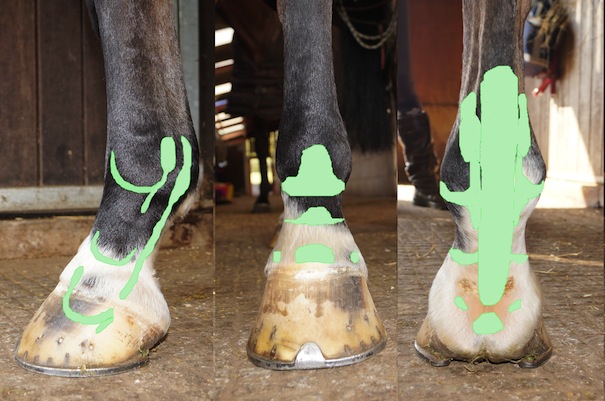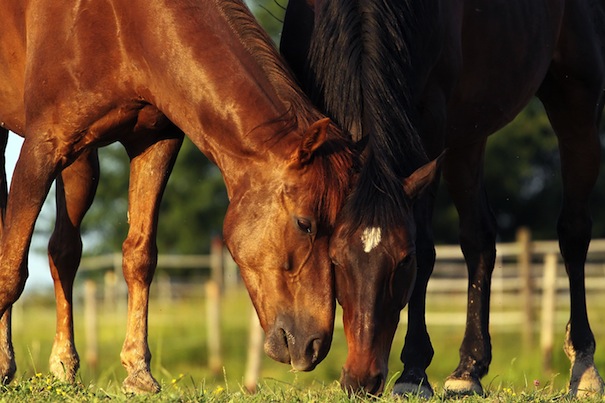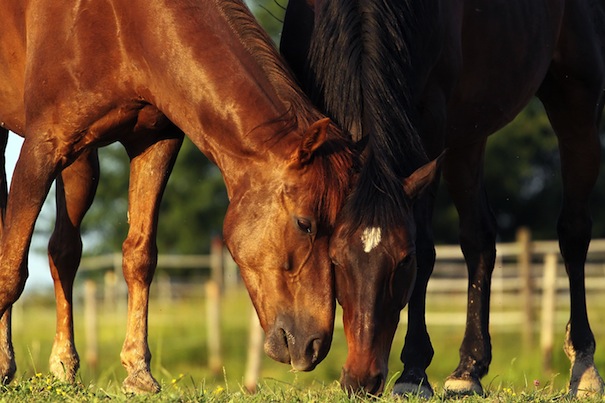Those of us with an equestrian bent will, with winter behind us, look forward to actually riding our horses. However, horses can be extremely adept at injuring themselves whether turned out, ridden or even if kept in.
Being flighty creatures, horses, are susceptible to injuries. They are also extremely well-adapted to be able to move quickly, and to achieve this there is very little flesh covering their lower limbs, leaving important structures such as vital muscles and ligaments close to the surface making significant wounds more likely. Most animals and people cope well with a degree of lameness but the quality of life and use of horses is often vitally hinged on them remaining sound.
Somewhat surprisingly, the most serious wounds in horses are those caused by punctures, and it’s sometimes easy to underestimate these. This is because one of the structures vulnerable to damage is the synovial membrane. Synovial membranes are fluid-filled structures that allow joints and ligaments to slide smoothly over adjacent tissues without friction. A small puncture involving one of these membranes may (but not always) leak straw-coloured fluid. Often, its significance may only become apparent when the horse shows extreme lameness, typically 24 hours after the original injury. As an example, the picture shows the fetlock and pastern region of the horse with the approximate location of synovial structures outlined in green. A puncture wound can be unexpectedly deep, so even if it appears to be well away from a worrying area, an important structure could still be involved.

So if your horse has cut itself, it is vital to seek advice from your vet. If the wound is close to a synovial structure they will usually be able to determine whether it is involved by introducing fluid into it under sterile conditions and checking that it does not communicate with the wound. If the patient is unlucky enough for the joint or other synovial structure to be involved, then it will need to be cleaned and flushed which will most likely involve arthroscopic (key-hole) surgery, but there are some cheaper options available.
Reassuringly, most wounds in horses are not this serious, but it’s worth remembering that early treatment significantly improves the long term outcome.
– Nick Graham MRCVS
VetMB MA CertAVP Equine Medicine







